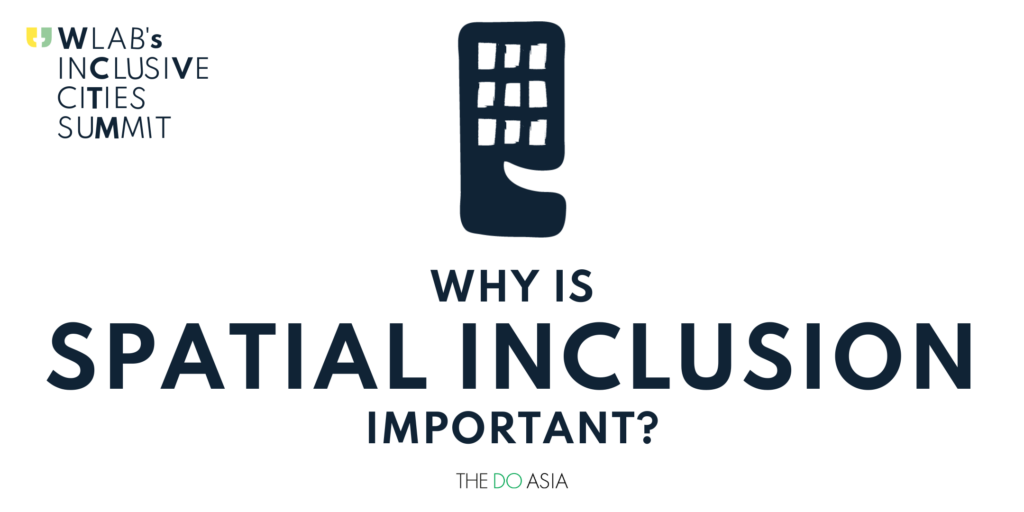To make sure that cities support the wellbeing of stakeholders from all walks of life, it is essential to promote and implement the idea of inclusive cities. An inclusive city can create opportunities to improve the quality of life of citizens, encourage equality, and generate sustainable economic growth.
What is spatial inclusion?
Spatial inclusion is one of the pillars of inclusive cities.
Spatial inclusion means that spaces include everyone regardless of their demographics. Inclusive spaces ensure that residents have the chance to participate in the social life of the cities, communities or neighbourhoods in which they live.
Spaces in Hong Kong
Hong Kong is the least affordable housing market twelve-year straight in 2022. It would take 23.2 years of savings, without any expenses, before an average Hongkonger can afford a home.
In 2016, the average living space per person was 161.5 square feet. For public rental housing tenants, it was 145 square feet per person in 2021. Both numbers are lower than Tokyo (210), Shanghai (260), and Singapore (270).
In Hong Kong, there are about 110,000 subdivided units (including rooftop houses, cubicles, bed spaces, and cage homes). There are more than 226,000 residents living in these units with poor hygiene conditions, the smallest ones being 20 square feet. It was found that three in five tenants residing in such housing scored below 50 for physical health, and more than nine in ten below 50 for mental health.

Why is spatial inclusion important
As cities develop, some areas prosper more rapidly than others, creating inequality in income, living standards, and socioeconomic mobility spatially across neighbourhoods. The result of such variation in economic development can exacerbate social exclusion, relative poverty, and social instability. When the marginalised fail to be included adequately in the city’s systems and infrastructures, they are at a higher chance of lacking access to crucial social services and experiencing adverse health effects.
Spatial inclusion ensures that everyone is taken care of, equally, thus promoting social connectedness and cohesion.
How to achieve spatial inclusion
To achieve spatial inclusion, we need to provide affordable necessities like housing, sanitation, hygiene, and health infrastructures. Aside from affordable necessities, we also need accessible infrastructure and service delivery (like accessible public healthcare), and mobility and access to the city (like accessible public transportation). Being accessible means equitable access across race/ethnicity, gender, age, and social class to ensure the right to health and wellbeing of everyone.
We also need to improve the quality of citizens’ lives by providing a habitable living environment. Lots of Hongkongers are experiencing mental health issues. In a 2022 study, nearly 50% of Hongkongers showed symptoms of mild to severe depression, and 41.3% showed symptoms of mild to severe anxiety. It was shown that exposure to nature and green spaces can promote mental health. A 90-min nature walk is already linked to decreased rumination and better mental wellbeing overall. Other positive effects of contact with nature include reduced chronic stress, reduced anxiety and depression, reduction in obesity, and improved concentration.
Aside from green space, other public spaces, such as identity spaces, are also conducive to spatial inclusion. Identity spaces such as places of worship (like churches and temples) and centres for affinity groups (like women, refugees, and LGBTQIA2S+) are important for different groups to feel included, integrated, and empowered in the city. Public spaces can gather communities together to enhance a sense of purpose and belonging, creating a city where citizens can thrive.
Read more about:


